Polio is an infectious disease that once caused an epidemic. Poliomyelitis is caused by different types of polioviruses, which vary slightly in infectiousness and severity of symptoms. Viruses spread in various ways, and insufficient hygiene increases the risk of contracting polio.
Polio is mainly contracted by children under the age of 5, but adults can also contract the disease. Polioviruses can cause acute polio or postpolio syndrome. The course of poliovirus infection can produce a variety of clinical symptoms. Characteristic symptoms include flaccid paralysis, but these symptoms are not always present, and the disease is often not diagnosed.
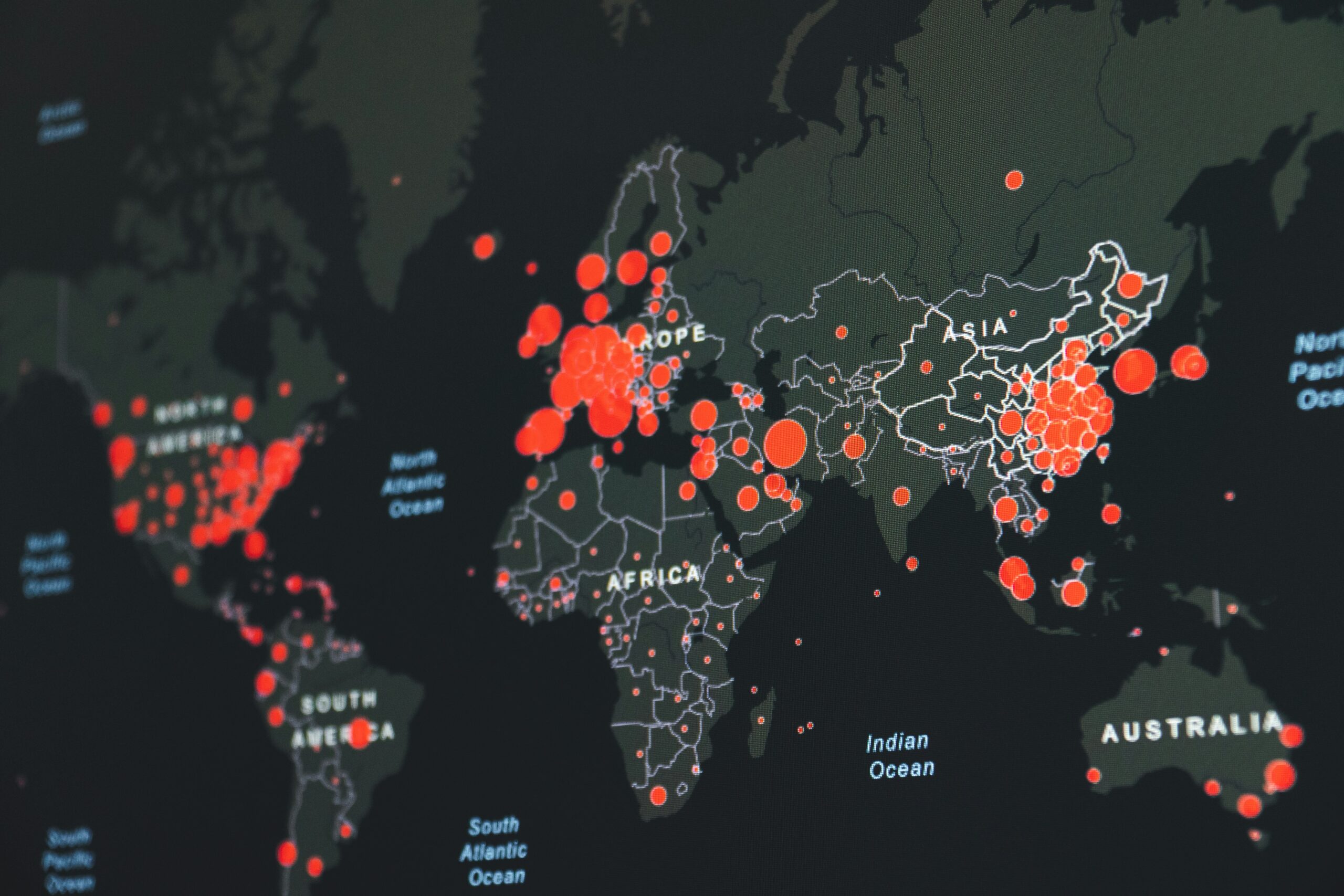
The determination of polio virus-specific antibodies in serum provides a definitive diagnosis. Therapeutic management focuses on controlling symptoms. The polio virus can be dangerous, causing complications and even death. The global polio epidemic caused high morbidity and mortality, especially among children. Today, polio no longer poses such a threat due to vaccination against the disease. International efforts to combat the epidemic have resulted in poliomyelitis being almost wholly eradicated. However, contracting polio is still possible in some countries.
Polioviruses belong to the Enterovirus![]() species of the Picornaviridae family. They are viruses with single-stranded RNA that cause various infectious diseases, including polio. Three types of viruses cause polio. Wild poliovirus 1 posed a significant threat until the invention of vaccines. Today, the type 1 poliovirus is the only circulating virus that causes infections in Pakistan and Afghanistan, among other places. The other two types are thought to have been eradicated.
species of the Picornaviridae family. They are viruses with single-stranded RNA that cause various infectious diseases, including polio. Three types of viruses cause polio. Wild poliovirus 1 posed a significant threat until the invention of vaccines. Today, the type 1 poliovirus is the only circulating virus that causes infections in Pakistan and Afghanistan, among other places. The other two types are thought to have been eradicated.
The poliovirus is spread mainly by the fecal-oral![]() route, but the oral-oral
route, but the oral-oral![]() route is also possible. This means that one can become infected with polio through kissing or drinking from the same bottle. People not following basic hygiene rules are much more likely to be infected. Thus, infection can occur due to direct contact with a sick person or through the food route when eating contaminated food products.
route is also possible. This means that one can become infected with polio through kissing or drinking from the same bottle. People not following basic hygiene rules are much more likely to be infected. Thus, infection can occur due to direct contact with a sick person or through the food route when eating contaminated food products.

Poliovirus infection can cause lymphatic replication![]() . This means the virus replicates mouth, throat, and gastrointestinal lymphoid tissues. It is also possible for the virus to spread to the central nervous system, which is a dangerous condition. Polio, in such situations, can kill neurons, leading to paralysis and paresis. However, these are very rare, not fully understood cases.
. This means the virus replicates mouth, throat, and gastrointestinal lymphoid tissues. It is also possible for the virus to spread to the central nervous system, which is a dangerous condition. Polio, in such situations, can kill neurons, leading to paralysis and paresis. However, these are very rare, not fully understood cases.
The most significant infectivity occurs a few days before the first symptoms appear. People living in endemic areas and traveling to these countries are currently at risk of contracting polio. In addition, failure to follow vaccination recommendations can increase the risk of contracting polio.
The course of polio can vary. There are asymptomatic forms of the disease and forms with or without paralytic symptoms. Most infections (95%![]() ) are non-paralytic. In severe cases, complications are also possible. The disease can be divided into stages. The first stage has an acute form and an intense course of symptoms. In subsequent stages, the symptoms weaken. In the recovery phase, the body regenerates.
) are non-paralytic. In severe cases, complications are also possible. The disease can be divided into stages. The first stage has an acute form and an intense course of symptoms. In subsequent stages, the symptoms weaken. In the recovery phase, the body regenerates.
The incubation period for polio ranges from 2 to 35 days. There is an immune response to the virus in the body, and as a result, infections are asymptomatic or have flu-like symptoms. Symptoms of polio thus include:
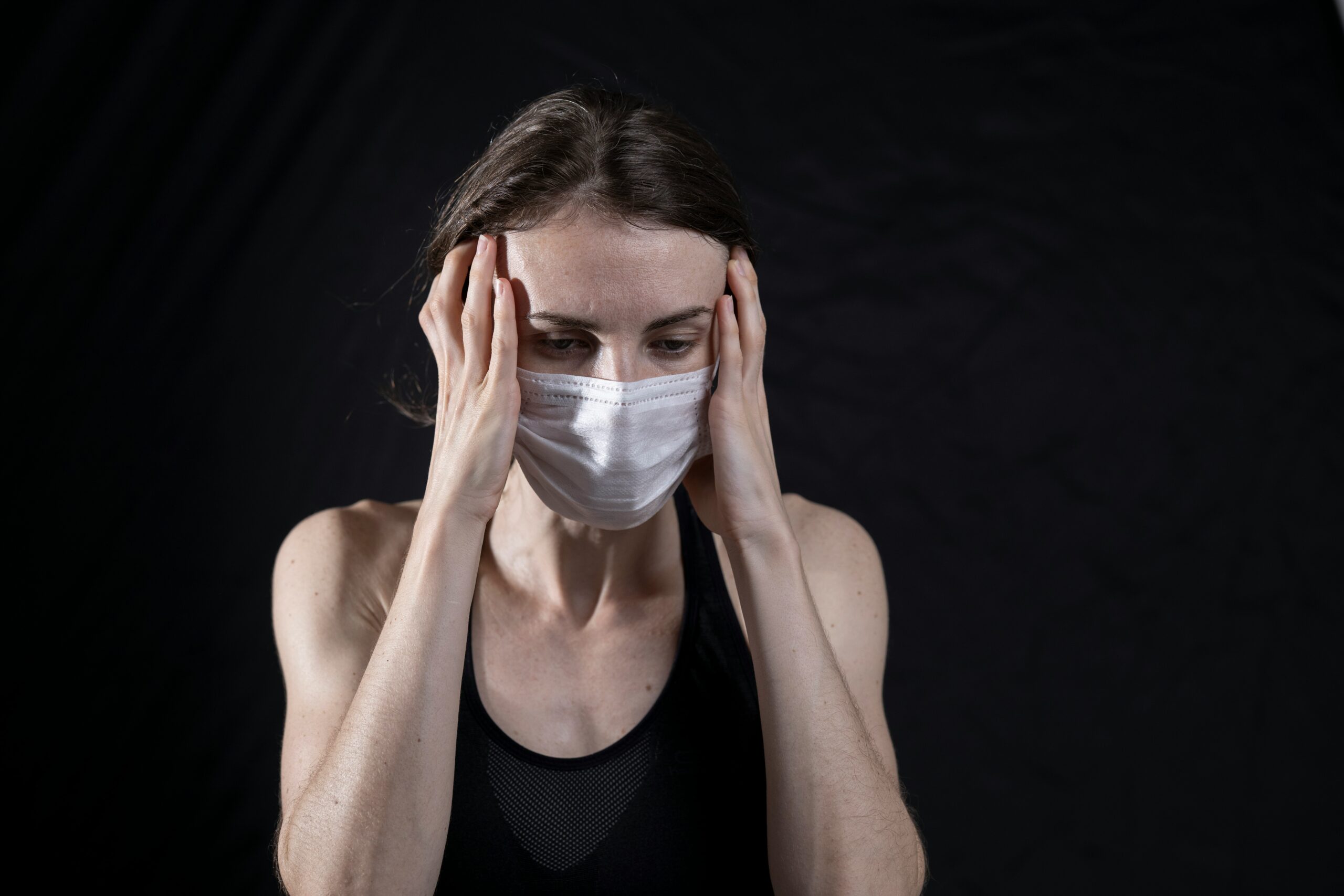
Polio causes a variety of uncharacteristic symptoms, including headaches, general fatigue, and weakness. In rare, severe cases, meningitis can occur. If the central nervous system is involved, there is a severe headache, neck stiffness and soreness, and impaired consciousness.
The polio virus can cause symptoms resembling respiratory infections and flu-like illnesses. Sore throat due to pharyngitis is another non-specific symptom that polio causes. The virus can, therefore, be isolated from throat swabs.
Muscle pain of varying severity can occur during polio, ranging from mild discomfort or an asymptomatic course to profound muscle weakness and autonomic dysfunction. Polio infections in the spinal cord usually present severe muscle spasms with muscle pain. In extreme cases, muscle paralysis and hemiparesis occur.
Polio can also cause gastrointestinal symptoms, including nausea that can lead to vomiting. The polio virus can cause gastroenteritis, which can even lead to gastroenteritis.
Neck stiffness is a reflex reaction triggered when meningeal irritation occurs. When polio leads to severe meningitis, it is usually also accompanied by mental disorders, balance problems, and dizziness.
Moderate fever is also common during polio. A sub-febrile state or fever usually does not exceed 39°C. Fever results from a state of viremia when the body responds with a defensive reaction of the immune system to increase the effectiveness of antibodies and suppress the growth and multiplication of pathogens. In addition, chills and lack of appetite may also occur.
In rare cases, the polio virus can lead to paralysis and paresis. Paralysis in polio most often affects the lower extremities. Paralysis with the course of the disease varies in severity. In the last stage, residual paralysis is characterized by an imbalance of muscle strength and poor posture. Neurological symptoms![]() in paralytic forms of the disease include not only weakness and pain in various muscles but also difficulty swallowing and problems with bowel and bladder function. The mechanism of paralysis is that the motor neurons of the thalamus and hypothalamus are potential targets for spreading the virus. In severe cases, respiratory paralysis can lead to death.
in paralytic forms of the disease include not only weakness and pain in various muscles but also difficulty swallowing and problems with bowel and bladder function. The mechanism of paralysis is that the motor neurons of the thalamus and hypothalamus are potential targets for spreading the virus. In severe cases, respiratory paralysis can lead to death.
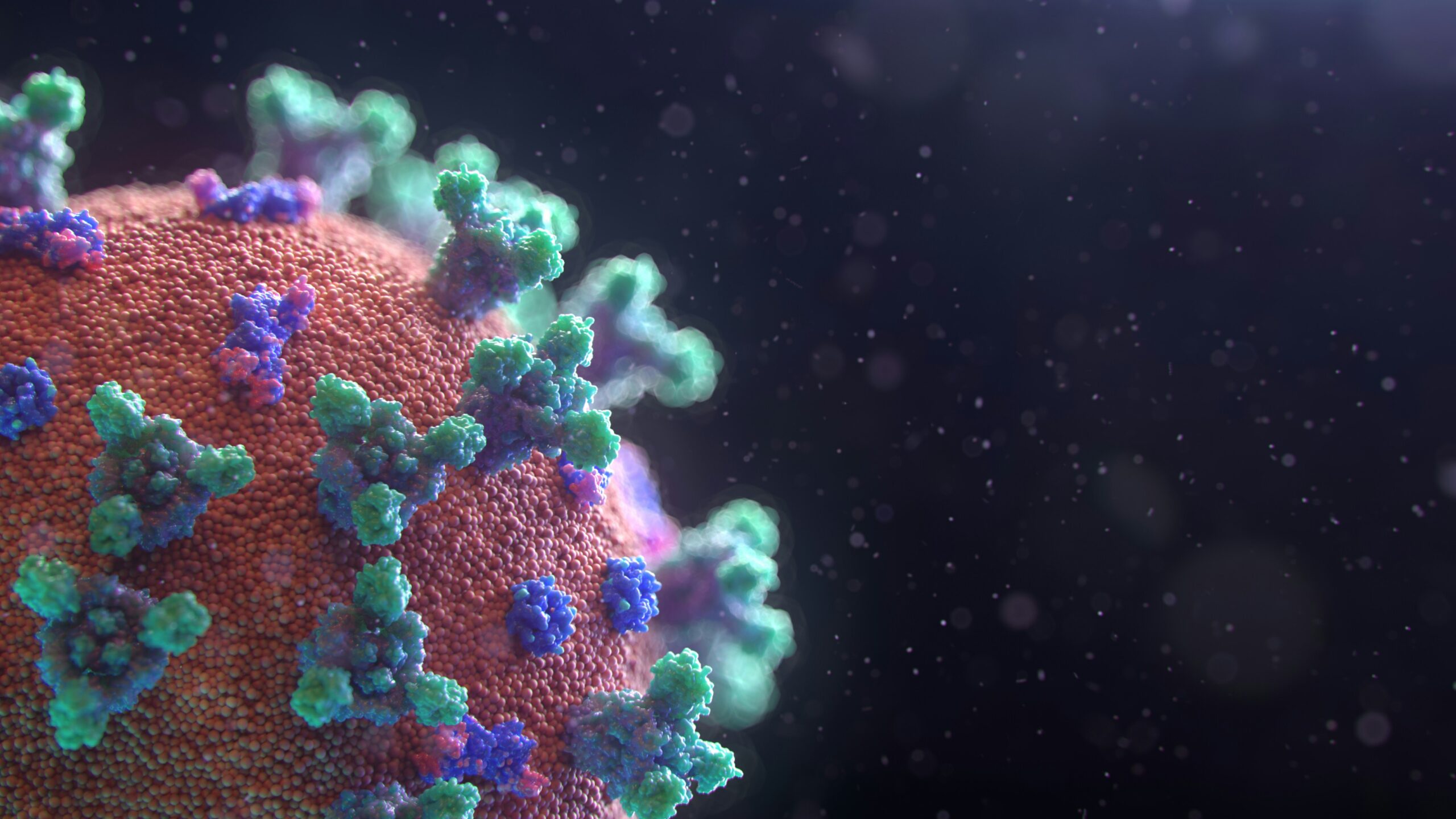
The initial examination consists of a patient interview and a physical exam. However, the uncharacteristic symptoms of polio mean that it can be misdiagnosed and confused with other infectious diseases. Muscle paralysis is also caused by different viruses that must be ruled out. Therefore, laboratory tests are performed.
Various materials may be sampled from the patient to identify the virus. Laboratory tests include drawn blood or cerebrospinal fluid, throat swabs, or fecal cultures. Polymerase chain reaction![]() is performed to detect the polio virus or other viruses for differential diagnosis.
is performed to detect the polio virus or other viruses for differential diagnosis.
An electromyogram and MRI are also crucial in the diagnosis of polio. The examination includes the brain and spinal cord![]() . These examinations are indicated primarily for forms of polio with paralysis. An MRI is performed to rule out other pathologies that cause paralysis.
. These examinations are indicated primarily for forms of polio with paralysis. An MRI is performed to rule out other pathologies that cause paralysis.
It is worth noting that no approved polio virus drugs exist. Treatment methods for the viral disease usually involve reducing the intensity of symptoms until the patient recovers. Therefore, the acute phases of the disease can lead to complications. However, not every case of polio is severe.

Fever, headache, and sore throat can be treated supportively. In the acute stage, treatment includes the prevention of respiratory infections. Antipyretics reduce body temperature. Analgesics can reduce various types of pain. Therapy also involves hydration and treating the patient's electrolyte disorders. Rest is therefore recommended, especially for the first stage of the disease and to prevent the spread of the virus.
Paralysis that occurs in polio can also be covered by supportive treatment. An essential treatment for such conditions is the release of joint contractures![]() . Paralyzed legs can be supported by splints to relieve pain and spasms. Surgical procedures to restore muscle function are also possible. Surgical interventions prevent deformities and allow mobility. Splints also play an essential role in preventing the development of deformities. It is also vital to treat respiratory paralysis, which can lead to death. Special exercise programs to improve agility are also possible during the recovery stage. Orthoses for selected parts of the body can also be helpful. Unfortunately, most polio patients with paralysis do not recover fully.
. Paralyzed legs can be supported by splints to relieve pain and spasms. Surgical procedures to restore muscle function are also possible. Surgical interventions prevent deformities and allow mobility. Splints also play an essential role in preventing the development of deformities. It is also vital to treat respiratory paralysis, which can lead to death. Special exercise programs to improve agility are also possible during the recovery stage. Orthoses for selected parts of the body can also be helpful. Unfortunately, most polio patients with paralysis do not recover fully.
Vaccination is essential in polio prevention, as it effectively protects against the virus. The polio vaccine is discovered by Hilary Koprowski, Jonas Salk, and Albert Sabin. In the late 1950s and early 1960s, scientists performed research to create a vaccine that effectively protects against the deadly polio virus. With the inactivated polio vaccine (IPV)![]() , it is possible to acquire immunity to polio. An oral vaccine (OPV)
, it is possible to acquire immunity to polio. An oral vaccine (OPV)![]() is also available, which is more easily administered but not recommended due to the risk of paralytic polio (VAPP)
is also available, which is more easily administered but not recommended due to the risk of paralytic polio (VAPP)![]() .
.
VAPP is rare in patients using the oral polio vaccine. Paralytic polio, as a result of the vaccine, is most common in immunocompromised patients. As a result, only the IPV polio vaccine is used in the United States. The IPV vaccine is available for children as young as two months of age. The vaccination schedule usually includes four doses of vaccination administered at designated intervals.
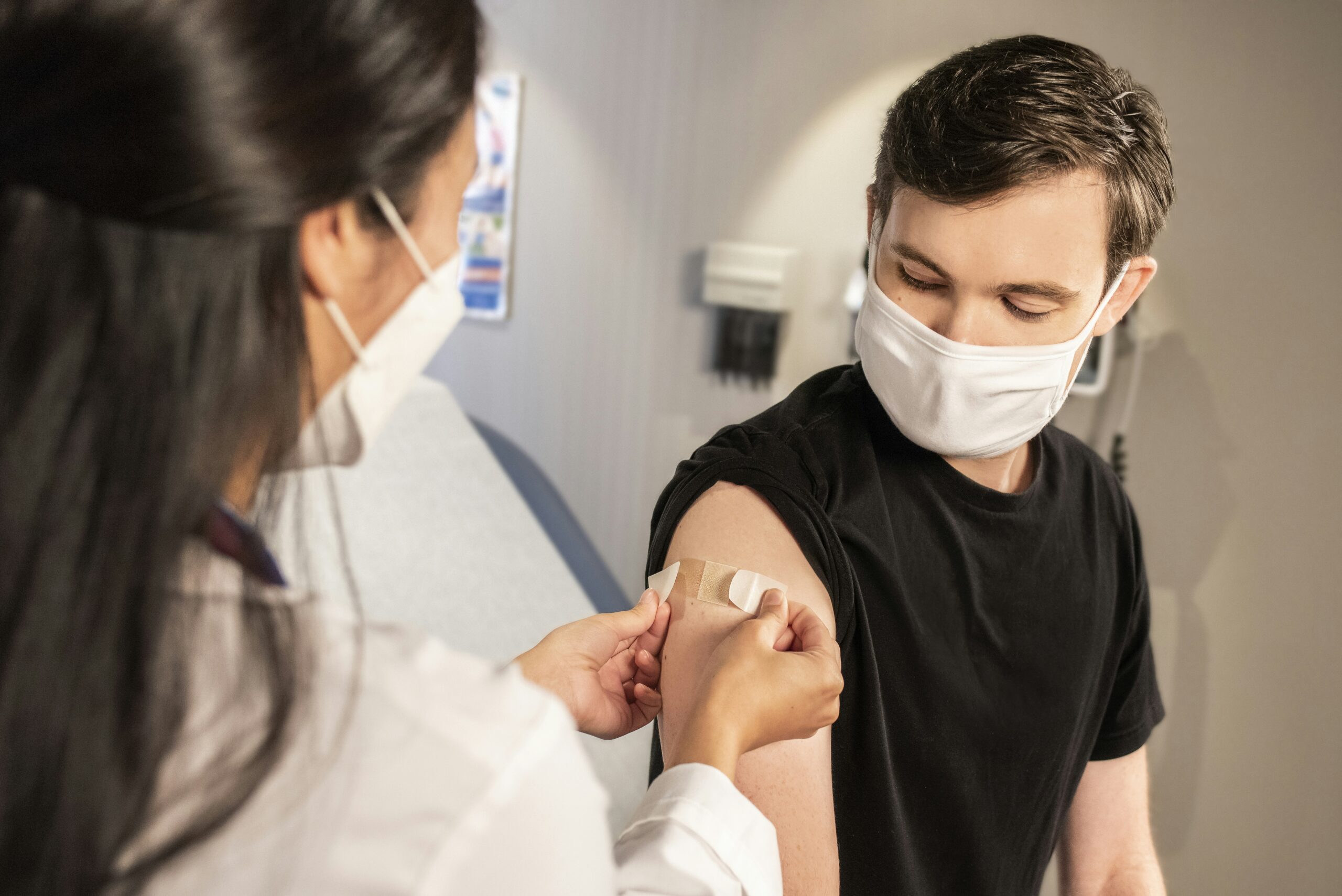
The vaccine has a success rate of more than 95% when recommended. For adults, single doses are used, which are lifelong. These vaccines for adults are used for people who plan to travel to polio-risk areas. So, the virus is no longer a threat, but in recent years, the presence of viruses in sewage systems![]() has been noted.
has been noted.
Consequently, various strategies based on monitoring the presence of the polio virus in the environment are being used to identify the threat quickly. It is essential to follow vaccination recommendations to reduce the possibility of spreading the polio virus. Informing people about the safety and suitability of vaccines is critical in protecting against infectious diseases these days.
As polio symptoms are variable and of varying intensity, the prognosis also depends on the individual case and severity of the disease. Patients with a mild course of polio usually have an excellent prognosis with complete recovery and no complications. In contrast, those with a severe course of the disease and acute paralysis are at risk of complications and death from polio. Many people with the paralytic form of polio do not recover completely and regain function. Patients may also develop postpolio (PPS)![]() , a progressive muscle weakness syndrome that can occur later in life after polio.
, a progressive muscle weakness syndrome that can occur later in life after polio.
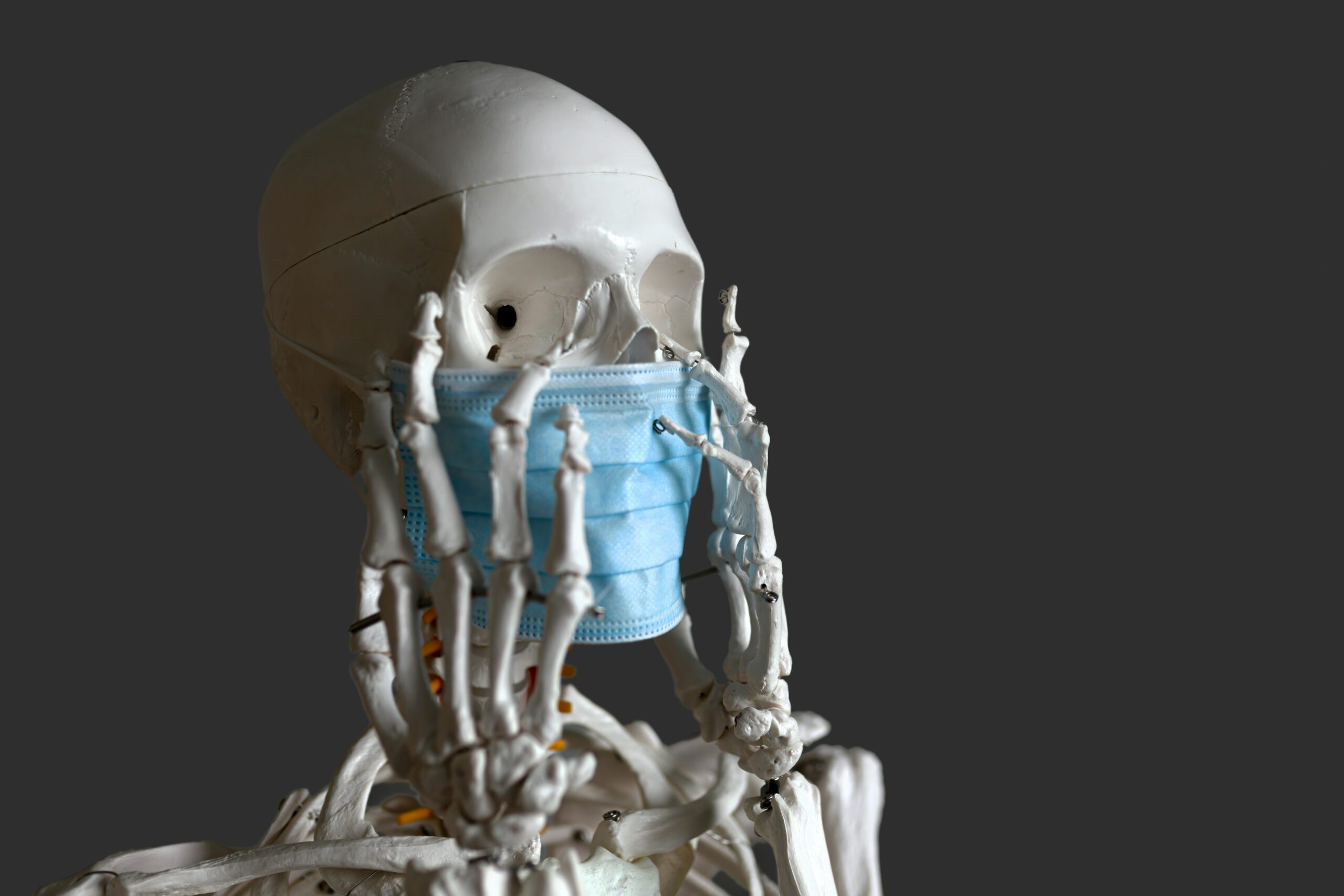
Complications are symptoms and conditions that arise from an overly severe course of illness or errors in care and treatment. Severe polio is dangerous and can lead to various complications. The common complications caused by the polio virus include:
Polio can lead to the collapse of the respiratory and cardiovascular systems. Collapse is a sudden and critical deterioration of cardiovascular or respiratory function. The condition requires urgent medical intervention. Significant hypotension causes cerebral hypoxia and consequent loss of consciousness. Dizziness, shortness of breath, and chest tightness may be observed before losing consciousness. Symptoms of circulatory collapse are problematic for patients, and once observed, medical help should be called immediately.
Postpolio syndrome (PPS) is persistent or progressive symptoms in patients who have suffered from polio. The exact pathophysiology of PPS is unknown. Some speculation assumes that the condition results from inflammatory changes in the central nervous system or deteriorating neuromuscular connections. Acute polio infection can lead to the spread of the virus into the central nervous system. In this area, the virus destroys motor neurons, causing a paralyzing form of polio.
Recovery from the severe condition is possible, but it often results in postpolio syndrome, which seniors are particularly vulnerable to. Symptoms of PPS include muscle and joint weakness and pain, respiratory failure, dysphagia, and general fatigue. There is also a risk of fractures and respiratory failure in the course of postpolio syndrome. Tailored rehabilitation is essential in managing postpolio syndrome. Antidepressants associated with chronic fatigue in PPS are also used.
Polio is a dangerous infectious disease that once led to epidemics. Children mainly contract polio, but it is also possible for adults to contract the polio virus. The viruses are spread primarily by the oral-fecal route. The course of polio can vary in intensity. Symptoms of polio resemble the flu, and paralysis can also occur. There are no specific drugs for polio, and treatment is aimed at alleviating symptoms and recovery.
Polio, in mild cases, has a good prognosis. The virus can cause death in people with severe conditions. Complications are also possible. A common complication is postpolio syndrome, which involves the long-term persistence of symptoms associated with muscle weakness. Polio is not a significant threat, as effective vaccines against the disease are used.